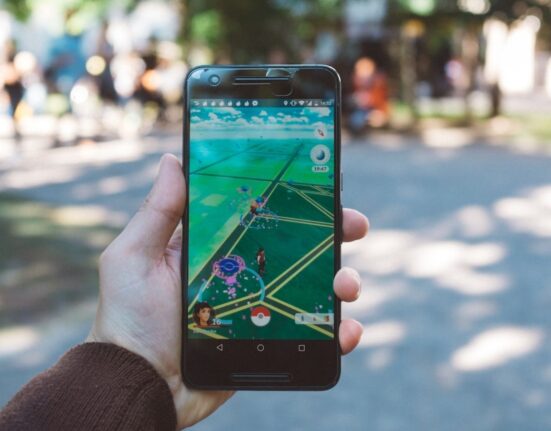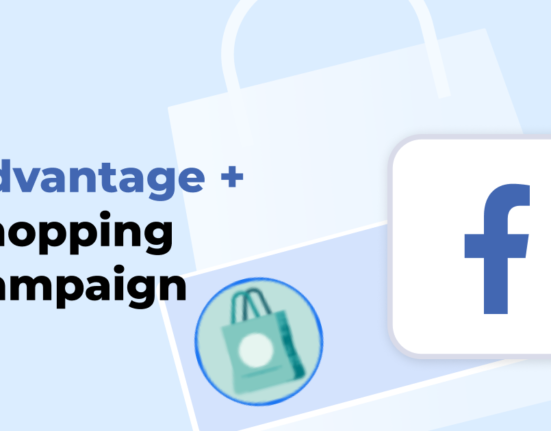Marketing is now a lot more than simply putting out the word about your business. Reaching your customers where they spend their time the most, catering to their needs on multiple channels, and creating a cohesive omnichannel experience keeping in mind consumer needs and convenience—altogether creates a lifecycle marketing strategy. It is designed to keep your customers engaged and in-loop, leveraging the fact that returning/loyal customers are the ones that help a DTC business generate the majority of its revenue.
What Makes Lifecycle Marketing Different?
We all know that winning a customer over takes a lot of time and effort. To ‘wow’ them not just with your products or service, but also with the overall experience when engaging with your brand, is what seals the deal. Thoughtful touchpoints, accessibility, and active engagement are what builds customer loyalty and trust. Thankfully, with a great strategy termed Lifestyle Marketing, you can do it all and much more!
What sets it apart from the strategies we’ve spoken about before?
It is only understandable that lifecycles would be unique to every business—no two can be alike as it depends solely on your consumers. From first contact to engagement to awareness to finally, conversion, your marketing funnel can be short or long, depending on your goals, industry type, and services/products. With so much to think about when developing the lifecycle marketing strategy for your business, it’s best to start small. Consider the foundations of lifecycle marketing and plug them into your business plan.
Here’s an easy guide to what constitutes a successful lifecycle marketing plan.
Layer #1: On-Site
When putting together the first layer of the strategy, it’s essential to take into account your on-site marketing operations. And that begins with data acquisition.
The most common zero-or-first-party data that businesses collect are:
➡️ Purchase History
➡️Search History
➡️ Browsing History
➡️ On-Site Heatmaps
➡️ Cart History
➡️ Location & Personal Details
➡️ Engagement Rates (to campaigns)
➡️ Survey Responses
➡️ Quiz Responses
➡️ Product/Service Reviews
Consider collecting them actively to ensure your lifecycle marketing strategy can feed itself. The second part of the on-site marketing strategy is the conversion drivers. These funnels are designed to engage customers and provide a seamless first-contact experience to acquire more information about them.
Layer #2: Mobile
With the information, you acquire about the customers’ preferences, based on the interaction with the products that you’ve mapped, create a targeting strategy that’s highly contextualized to cater to their needs and preferences. Short-form messaging can be urgent, immediate, and trigger-driven to keep the customer engaged for long.
Layer #3: Email
Once you see your customers interacting with the kind of targeted & personalized ads you’re throwing at them, relay the information to their inboxes. Of course, you wouldn’t use the same messaging as you do on-site or short-form messaging. Instead, you can nitpick the content you wish to display in their inboxes based on their engagement with your targeted ads, giving them an even more personalized experience.
Loop them back onto your website, prompting them to interact with you more. This creates a constant cycle of engagement which is a great opportunity to convert them into loyal customers.
While it may look a bit too easy on paper, it sure takes a team of experts and a ton of work to ensure you’ve developed a fool-proof strategy. Even though it may seem tedious at first glance, in the longer run, a lifecycle marketing strategy is what’ll help your DTC business grow exponentially.










